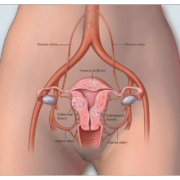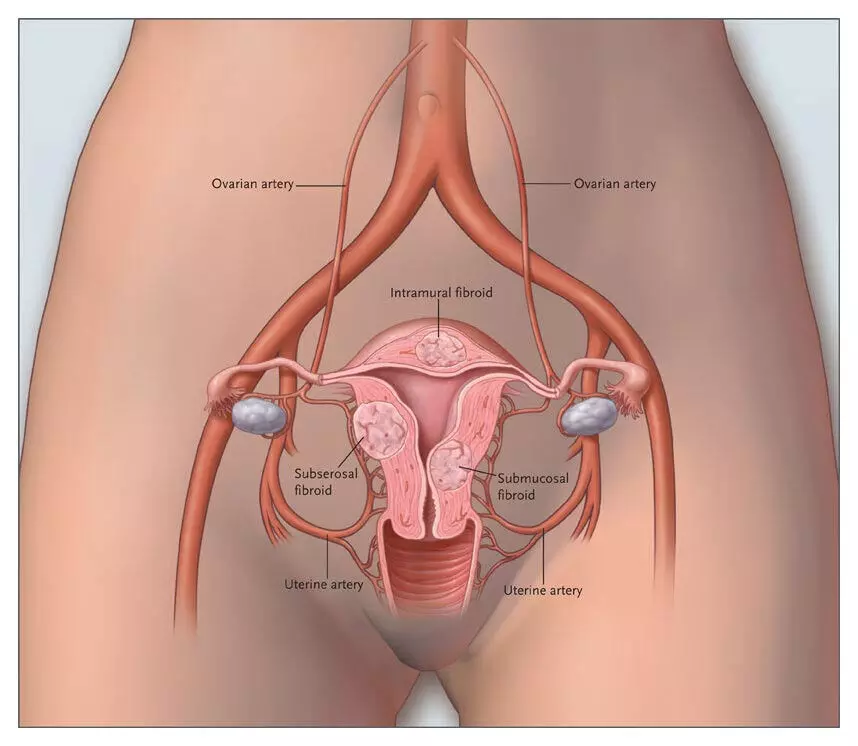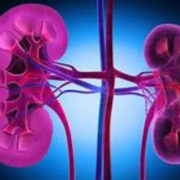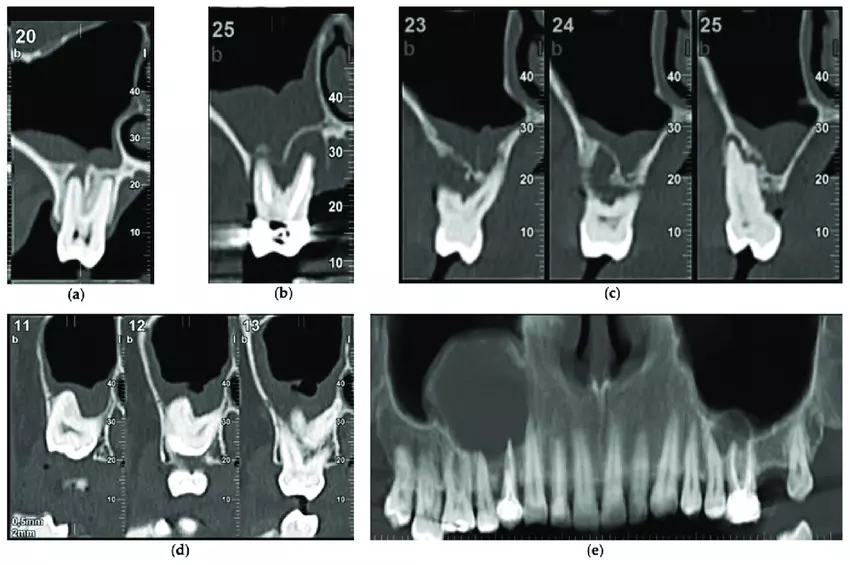Traumatic brain injury associated with increased risk of schizophrenia and bipolar disorder, reveals research

Traumatic brain injury associated with increased risk of schizophrenia and bipolar disorder, suggests a study published in the Psychiatry Research.
The impact of traumatic brain injury (TBI) on subsequent risk of schizophrenia (SCZ) or bipolar disorder (BD) remains contested. Possible genetic and environmental confounding effects have also been understudied. Therefore, we aim to investigate the impact of TBI on the risk of SCZ and BD and whether the effect varies by injury severity, age at injury, and sex. We identified 4,184 SCZ and 18,681 BD cases born between 1973 and 1998 in the Swedish National Registers. Case-control samples matched (1:5) on birth year, sex, and birthplace were created along with a family design study, with cases matched to non-case full siblings. TBI was associated with higher risk of SCZ and BD (IRR=1.33 for SCZ, IRR=1.78 for BD). The association remained significant in the sibling comparison study. Moderate or severe TBI was associated with higher risk for both SCZ and BD compared to mild TBI. Older age at injury was associated with higher risk of SCZ and BD, and the effect of TBI was stronger in women than men. Findings indicate that TBI is a risk factor for both SCZ and BD with differential impact by age, severity and sex and that this association cannot be explained by familial confounding alone.
Reference:
Kai-Yuan Cheng, Natassia Robinson, Alexander Ploner, Ralf Kuja-Halkola, Yasmina Molero, Paul Lichtenstein, Sarah E. Bergen. Impact of traumatic brain injury on risk for schizophrenia and bipolar disorder. Psychiatry Research, Volume 339, 2024,115990, ISSN 0165-1781,
https://doi.org/10.1016/j.psychres.2024.115990.
Keywords:
Traumatic, brain injury, increased risk, schizophrenia, bipolar disorder, study, Head injuries; Psychotic disorders; Family design; Sibling comparison, Kai-Yuan Cheng, Natassia Robinson, Alexander Ploner, Ralf Kuja-Halkola, Yasmina Molero, Paul Lichtenstein, Sarah E. Bergen
Powered by WPeMatico
















